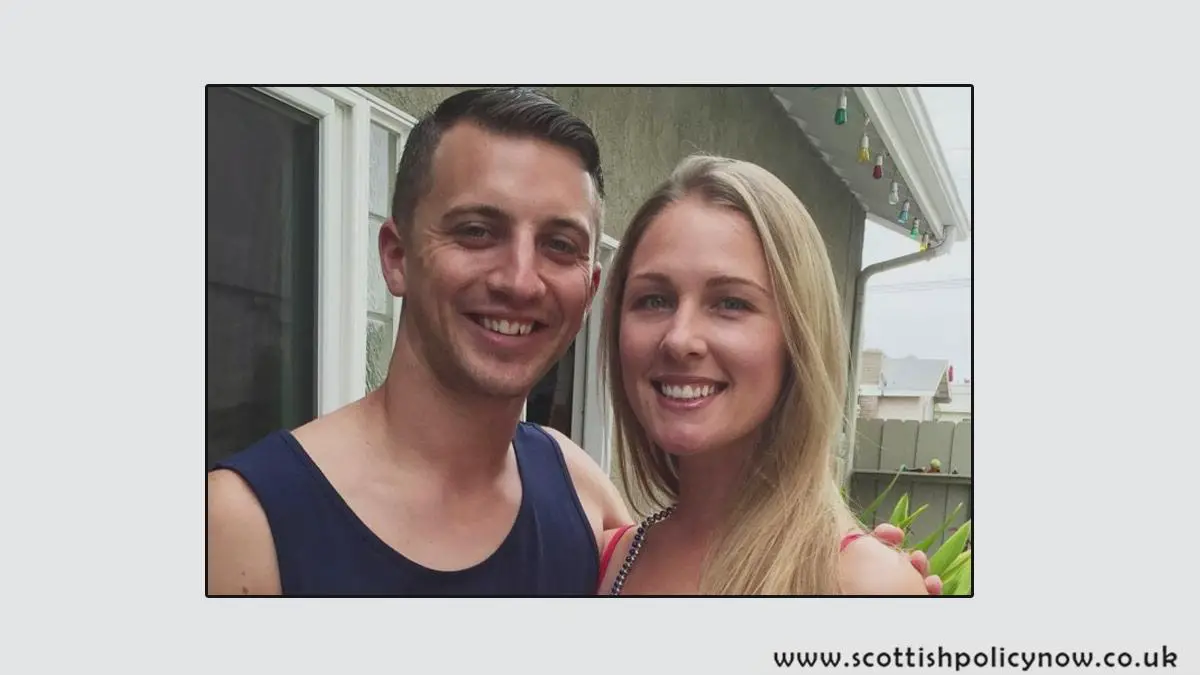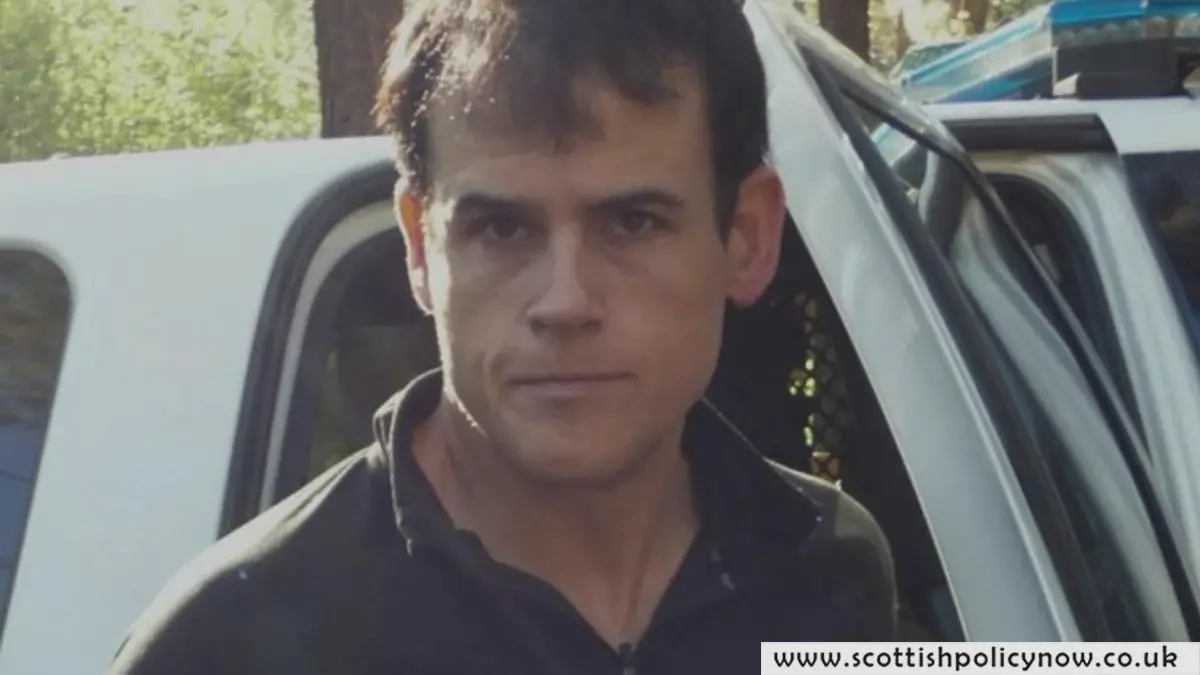On March 23, 2015, Denise Huskins and her boyfriend Aaron Quinn were asleep at home in Vallejo, California, when an intruder woke them up around 3 a.m. The masked intruder wore a wetsuit and a black hood, carrying a gun with a laser sight. He pointed the gun at Aaron’s head, instructing them to stay still on the bed.
The armed man threw a rope to Denise, demanding that she tie Aaron’s hands and feet. After that, he used another rope to bind Denise. Both were forced to wear black goggles and noise-canceling headphones secured with duct tape to ensure they couldn’t see or hear anything. Once they were bound, the intruder threatened Aaron through the headphones, demanding he reveal his bank card PIN and the WiFi password, or else both of them would be electrocuted.
After Aaron complied, the intruder made them take sedatives and told them he would hold Denise for 48 hours. Aaron passed out, and when he regained consciousness around 11 a.m. the next day, he received a voicemail instructing him to gather $8,500 to ransom Denise, warning that if he contacted the police or attempted anything, the intruder would kill Denise.

Aaron managed to free himself from the restraints and checked the house, finding that the intruder not only set up surveillance cameras but also stole valuable items, including a wallet, laptop, and car, leaving behind only a mobile phone.
To avoid being monitored, Aaron took the phone outside and called his brother, a former FBI agent, for advice. His brother urged him to call the police, emphasizing that even if Aaron paid the ransom, there was no guarantee the kidnapper would keep his word and release Denise.
When the police arrived to investigate, they questioned Aaron at the station instead of immediately searching for the kidnapper and rescuing Denise.
The police found several inconsistencies at the crime scene. The doors and windows showed no signs of forced entry, raising doubts about how the intruder got in. Besides the slightly messy bed, the rest of the house was clean and orderly, not what you’d expect from a break-in. There were a few drops of Denise’s blood on the bedsheet, but according to Aaron, the kidnapper hadn’t hurt her, so where did the blood come from?
The police suspected the entire story might be a fabrication. They theorized that Aaron killed Denise, cleaned the scene, and then made up the kidnapping story to cover his tracks.
Aaron denied all accusations, explaining that the house was clean because it had recently been thoroughly cleaned before the incident. The blood on the bedsheet was due to Denise accidentally cutting her finger a few days earlier while peeling fruit on the bed.
Even with Aaron’s explanations, the police continued to interrogate him for more than 20 hours. Despite their relentless questioning, Aaron consistently denied involvement in any crime.
The situation took a surprising turn when the police received a report of a sighting of Denise in Huntington Beach, California, about 600 km away from Vallejo. Once confirmed, the police brought Denise in for questioning. She said she was kidnapped but released because the kidnapper realized killing her wouldn’t help him get any money and would only increase his legal risk. Denise claimed she wasn’t mistreated during her captivity and was provided with food, water, and even a radio to listen to.
However, the police remained skeptical, suspecting that Denise and Aaron might have staged the whole event to gain public and media attention, possibly inspired by the 2014 film Gone Girl.
Under continued pressure, Denise revealed that she had been sexually assaulted twice before her release. She hadn’t mentioned it earlier because the kidnapper threatened to release videos of the attacks online if she spoke about them.
The case against Aaron and Denise took a turn when a 10,000-word email arrived at the San Francisco Chronicle, purportedly from the kidnapper himself, detailing the entire event and including a photo of Denise during her captivity. The email claimed that Denise and Aaron were innocent and had been wrongly accused. This email led some to believe that Denise and Aaron might indeed be innocent, while others thought it could be a ploy to clear their names.
Then, on June 5, 2015, another break-in occurred in Dublin, about 60 km from Vallejo. This incident had several similarities to Denise’s case, but the male victim fought back, causing the intruder to flee, dropping a cell phone in the process. This phone led to the identification of Matthew Muller, a 38-year-old Harvard Law School graduate and former Marine.

Police found evidence at Matthew’s house, including the stolen laptop from Aaron’s home. It became clear that Matthew was the actual kidnapper, not Aaron. Matthew was arrested on June 29, 2015, and eventually confessed to the crime, admitting he used a computer-generated voice to create the impression that more than one person was involved. He also used drones to spy on the couple before breaking in and used fake guns to intimidate his victims.
Matthew was convicted of kidnapping for ransom in 2017 and received a 40-year prison sentence. In 2022, he received an additional 31 years for sexual assault charges.
Following Matthew’s conviction, Denise and Aaron sued the Vallejo Police Department for defamation, and the city settled with them for $2.5 million in 2018. The police and Vallejo’s city government publicly apologized for labeling Denise’s horrific experience as a hoax.
Denise and Aaron later wrote a book titled Victim F: From Crime Victims to Suspects to Survivors detailing their ordeal. The case also inspired the true crime documentary film American Nightmare.








